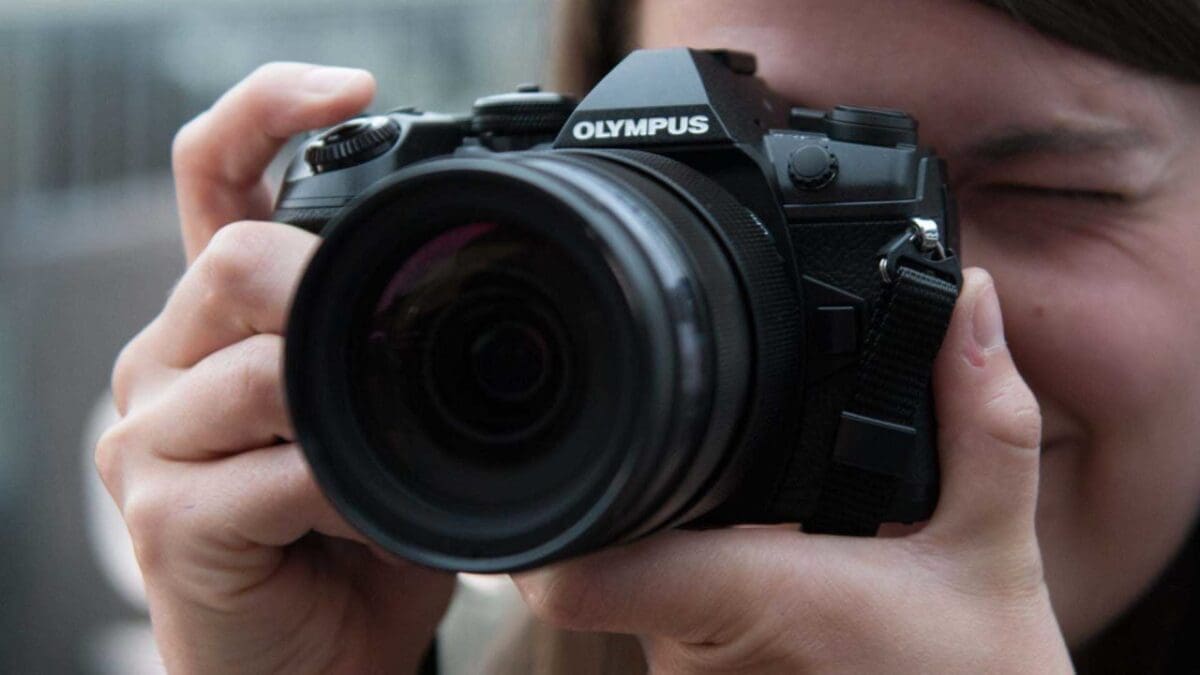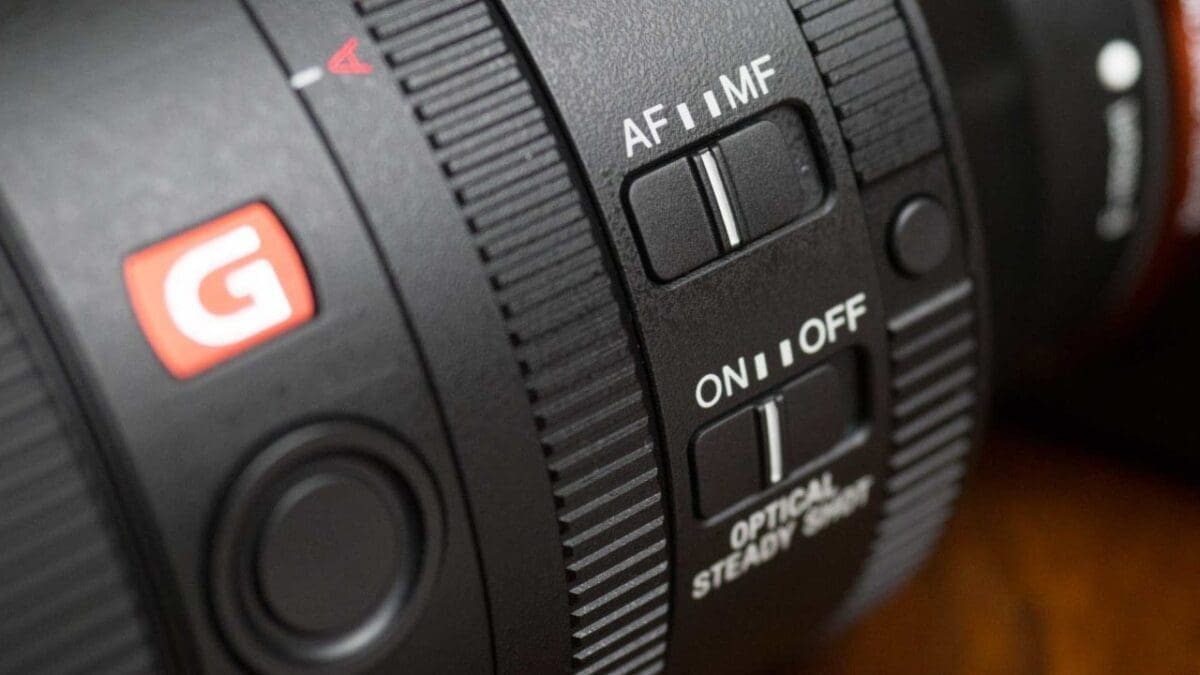If you’re just getting started as a photographer you’re probably quite happy with the standard lens that came with your new camera. It won’t be too long, though, before you starting wishing for a camera lens that’s a bit more proficient.
Your first inclination may be to look to your camera’s manufacturer for an appropriate lens, however this may not be your best bet when it comes to quality and price. The market is rife with capable (and even affordable) lenses from third-party manufacturers, but how do you know what to look for?
We’ve put together a wishlist of ten tips to help guide you on your search for the best camera lens upgrade.
01 Constant aperture
You shouldn’t expect your kit lens to be a stand out in a certain area because manufacturers design them for all-purpose use. For instance, the maximum aperture at each end of a kit lens is usually around f/3.5 on the wide end and f/5.6 on the telephoto end.
While this is sufficient for general use, it won’t be of much help when you’re looking for a very shallow depth of field or trying to get fast shutter speeds in low light.
To solve this problem you’ll need a lens with a ‘fixed’ or ‘constant’ aperture that offers the same maximum aperture at both ends of the focal range.
Because it’s fixed you can zoom freely without having to deal with the aperture changing, although these types of lenses usually offer a fairly wide aperture anyway, typically around f/2.8. A constant aperture lens should definitely be on your shortlist.
Zoom lenses usually offer more narrow apertures at the telephoto end of the optic, so constant aperture lenses are particularly handy here. You should also find that they let you attain more background blur when you’re isolating subjects.
Whether or not a lens offers a fixed aperture is revealed in the title. For example, a zoom lens with constant maximum aperture may state 24-70mm f/2.8, with just the one aperture following the focal lengths instead of two, such as 18-55mm f/3.5-5.6.

02 Image stabilisation
For those cameras that don’t have built-in image stabilization, most kit lenses will offer some form of the technology. There are still some upgrades that don’t have the feature and they usually have a lower price tag as a result, but you’ll probably find that you can’t be nearly as flexible when shooting if you opt for one of these lenses.
Make sure you’re only considering lenses with image stabilisation if your camera body doesn’t have it built-in. Also refer to the manufacturer’s website to discover how reliable the system is.
The maximum compensatory effect will be conveyed in exposure values (EV) or ‘stops’ which range from around three to five. Use this information to compare different lens models to determine what you can achieve with each one.
03 Weather sealing
If you’re using a weather resistant camera you should choose a lens that provides the same type of protection. Check with the manufacturer to determine what level of weather resistance the lens offers so you know what conditions you can safely use it in.
04 AF motor
Avoid slow, noisy AF motors by opting for a lens with an ultrasonic motor. These types of motors are designed to focus quickly and quietly, allowing you to be discreet while you shoot.
Ultrasonic Motor, Silent Wave Motor and SuperSonic Wave Motor are just a few names manufacturers use for these quiet AF motors, but you should be able to determine rather quickly if the lens offers this type of motor by looking at the manufacturer’s spec sheet.
Discreet focusing is especially important if you capture a lot of video because you don’t want the mechanical noise of the lens interfering with the sound in your video.
Stepper motors are used by some manufacturers to avoid this problem because their regulated movement provides discreet, smooth focusing while shooting video.

05 Internal focus
Internal (or ‘inner’) focus systems are often found in many lens upgrades and can come in handy depending on the lens and how you shoot.
While the lens barrel of a traditional lens will extend and retract during focusing, lenses with internal focus systems maintain the same barrel length throughout the focusing process. This seemingly minor detail can be useful in many situations.
Macro photography is usually the first thing to come to mind, as a fixed barrel length means the lens won’t bump into the subject that’s in front of it.
Even if you’re using a more standard lens, the internal focus system will allow you to shoot through things like railings or fences without having to account for the extension of the lens barrel.
A fixed barrel length is also practical if you’re using heavier, wide-aperture optics because the centre of gravity will stay in the same place.
06 Version
As technology progresses, popular lenses (such as those with a focal range of about 24-70mm) will be replaced with newer versions. It could very well be the case, then, that the optic you’re looking to purchase comes in more than one version.
You should be able to tell right away if there is a ‘II’ or ‘III’ in the name as these indicate which generation the optic is. Newer generations usually boast superior performance, however they will be much more expensive as a result.

07 Size and weight
If you choose to upgrade to a lens that has a long focal range it will probably take some time for you to get used to holding a barrel of that size.
Lenses with constant maximum apertures also require some getting used to as they can be a lot heavier than you might expect.
Both the size and weight of your new optic can influence basic portability issues such as fitting the lens in your bag and how you’ll go about toting it around.
If you can, try to hold the lens before you buy it to get an idea of how it’s going to handle. You might even be able to mount it with your own camera to get a full perspective on how the size and weight of the lens will work with it.

08 Optical construction
More conventional lenses typically can’t manage chromatic aberration as well as those with special coatings or many extra-low dispersion elements.
Likewise, a lens with several aspherical elements may help control distortion and spherical aberration with the added benefit of a smaller, lightweight design.
This is another area where you’re going to want to check and see what the manufacturer has provided, particularly if you intend on making use of the wide-angle end of your lens as this is where lateral chromatic aberration and distortion can be a problem.

09 Manual focus override
A lot of lenses now offer a manual focus override that can be used when you want to do some fine-tuning with manual focus after using the autofocus system.
This feature is especially useful when your subject makes slight moves and you need to tweak the focus just a bit. If this is a common problem for you, you’ll definitely want to see if your lens upgrade offers this ability.
10 Diaphragm blades
If you want to achieve circular bokeh, check and see how many diaphragm blades the lens contains.
Typically, the more of these blades contained within a lens the easier it will be for the lens to produce circular bokeh.
You’ll also want to see if the manufacturer states anything about how rounded the blades are as this also plays a part in creating a nice bokeh.



